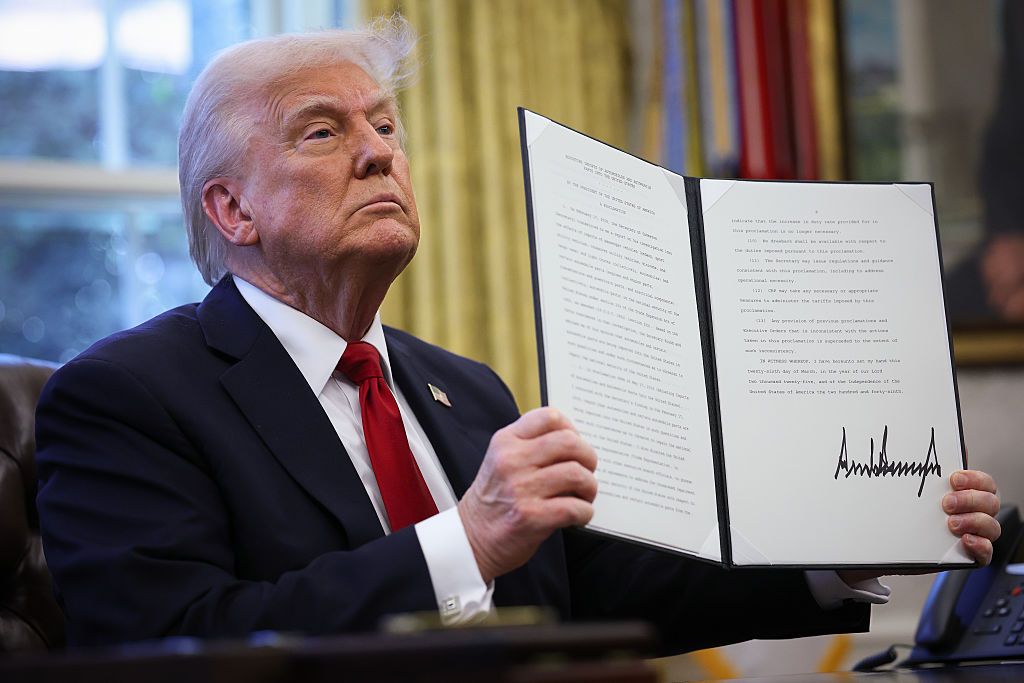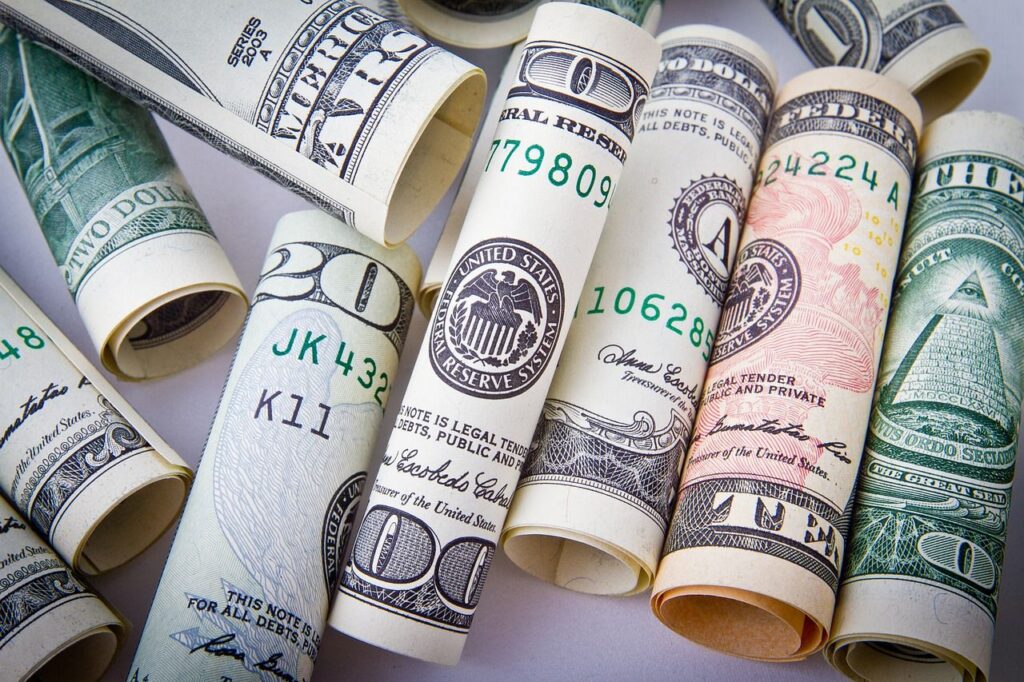The Unexpected Reaction of Crypto Markets
Despite initial hopes for the cryptocurrency market under the Trump Administration, the reality has not aligned with expectations. Investors anticipated that regulatory reforms and initiatives such as a Bitcoin Strategic Reserve would propel prices to new heights. However, the opposite has occurred, with Bitcoin’s value dropping from over $100,000 at the start of the year to approximately $80,000 throughout much of March.
The crypto market’s performance has become increasingly aligned with traditional financial assets, such as stocks and bonds, which have faced challenges amid macroeconomic instability. Investors are concerned about the potential for a global recession driven by the U.S. tariffs imposed on imports. As a result, many crypto enthusiasts are retreating from cryptocurrencies, viewing them as high-risk investments. Marc Ostwald, Chief Economist & Global Strategist at ADM Investor Services International, highlights that the market’s declining risk appetite is creating a divide between cryptocurrencies and gold, which remains a favored safe-haven asset.
The Shift in Investment Strategies
As the global financial and trade landscape becomes more fragmented, investors are actively searching for alternatives to currency-based risks, including the U.S. dollar. This shift has led to an increased interest in gold, which has experienced an 18% price surge year-to-date. However, this trend may soon shift again, according to Omid Malekan, an adjunct professor at Columbia Business School and author of “The Story of the Blockchain: A Beginner’s Guide to the Technology That Nobody Understands.”
Malekan suggests that Bitcoin could emerge as a modern-day equivalent to gold. “The future is uncertain and complex,” he notes. While some argue that Bitcoin may behave like a risk-on tech asset and decline alongside traditional markets, it has also begun to establish itself as “digital gold.” As economic uncertainty persists, investors may turn to Bitcoin just as they have flocked to gold recently.
Potential for Recovery and Optimism
Another promising sign for the crypto market is that the impact of tariffs may already be “priced in,” meaning the worst could potentially be behind us. Zach Pandl, head of research at Grayscale, a leading crypto asset management firm, anticipates that President Trump will announce new U.S. tariffs on April 2nd, known as “Liberation Day.” This announcement will address “reciprocal tariffs” against 15 countries, including China, Canada, and Mexico.
Pandl estimates that tariffs have already reduced economic growth by 2% this year. However, he believes that the upcoming announcement could alleviate some of the financial market’s pain. “If the announcement is tough but phased, targeting the specified countries, my expectation is that markets will rally,” Pandl explained. “Once we get past this announcement, crypto markets can refocus on the fundamentals, which are still quite positive.” He emphasizes that events such as Circle’s IPO demonstrate a strong confidence in the digital assets sector.
The Long-Term Outlook for Bitcoin
Additionally, Pandl, a former macroeconomist at Goldman Sachs, posits that tariffs will diminish the dollar’s dominant role, creating opportunities for alternative currencies, including Bitcoin. While prices may have declined in the short term, he maintains a bullish outlook on Bitcoin’s long-term potential as a global monetary asset.
“I believe that Bitcoin will reach new all-time highs this year, despite the current market pessimism,” Pandl stated. His conviction in Bitcoin’s future remains strong: “I wouldn’t have left my Wall Street job if I didn’t believe that Bitcoin would ultimately prevail in the long run.”
In conclusion, while the current landscape may seem bleak for cryptocurrencies, emerging trends and expert opinions suggest that there could be a silver lining on the horizon for Bitcoin.



